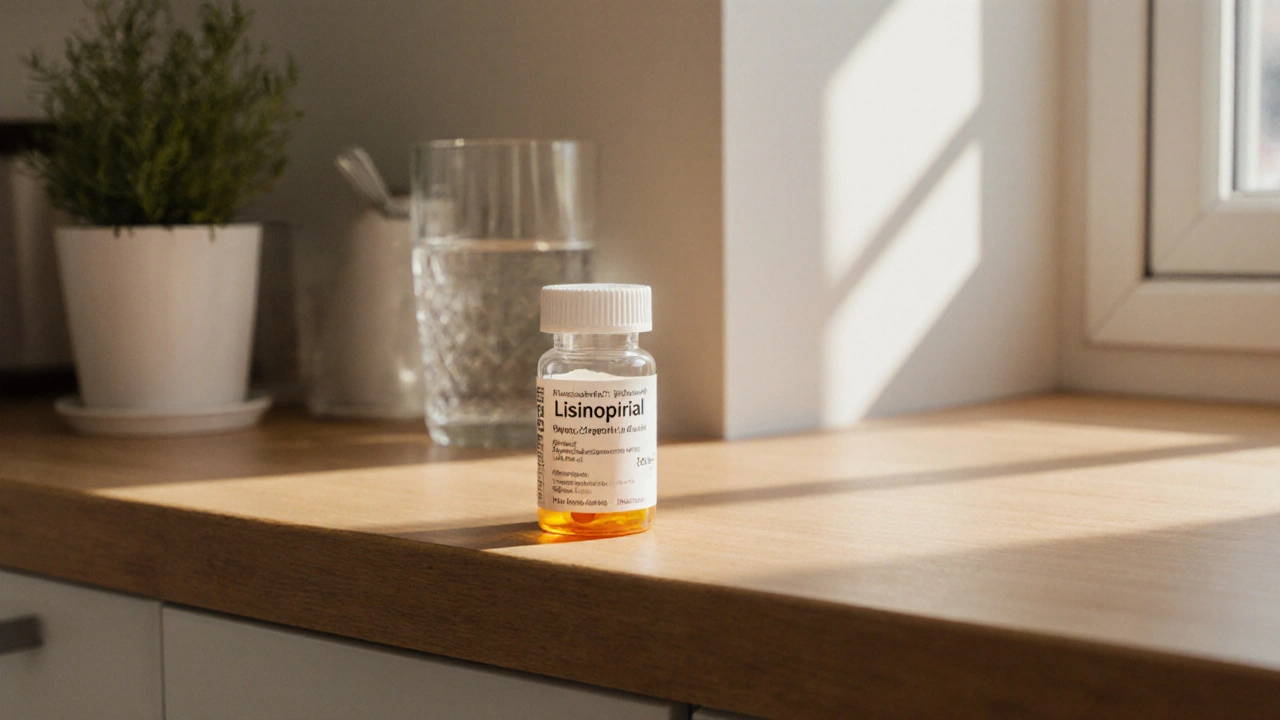
How to Store and Safely Dispose of Lisinopril (ACE Inhibitor)
Learn how to store Lisinopril safely, keep its effectiveness, and dispose of leftovers responsibly with clear steps and FAQs.
When dealing with medicine disposal guidelines, the set of rules that ensure unused or expired drugs are discarded safely to protect health and the environment. Also known as pharmaceutical waste management, they address the handling of pharmaceutical waste, any medication that is no longer needed or has passed its shelf‑life, the risks of hazardous drug disposal, procedures that limit exposure to toxic substances, and the role of take‑back programs, community collections that accept unused medicines for safe processing. Following these guidelines reduces the environmental impact, the chance that drugs enter water sources or soil.
Why does this matter? A single pill can travel through sewage, bypass treatment plants, and end up in rivers, where it can affect fish and even enter drinking water. That chain of harm is why medicine disposal guidelines call for segregation at the source, clear labeling, and secure containers. Communities that adopt official take‑back days see a measurable drop in pharmaceutical residues in local waterways, proving the link between proper disposal and environmental health.
Step one is to sort drugs by risk level. Over‑the‑counter pain relievers and vitamins usually qualify for household trash if they’re sealed and mixed with unappealing material like coffee grounds. Prescription opioids, chemotherapy agents, and injectable hormones fall under hazardous drug disposal and must be turned in at a certified pharmacy or a DEA‑registered collector. Step two involves using the right containers: sturdy, puncture‑proof boxes with tight‑fitting lids prevent leaks and accidental ingestion.
Step three is to take advantage of local take‑back programs. Many cities run quarterly drop‑off events at police stations or grocery stores; some pharmacies offer permanent mail‑back envelopes. When a program isn’t nearby, emailing the local health department can reveal partnering waste‑management firms that specialize in drug incineration. The final step is documentation—keep a simple log of what you handed over and when, because some states require proof of proper disposal for certain controlled substances.
Beyond the basics, there are emerging tools that make compliance easier. Mobile apps now map the nearest drop‑off sites, send reminders before a collection day, and even scan pill bottle barcodes to suggest the correct disposal path. Some hospitals have started on‑site shredders for hazardous meds, turning a potential risk into a controlled, traceable process. By staying informed about these resources, you help close the loop between prescription and safe destruction.
All of this information comes together to form a practical roadmap. Below you’ll find detailed articles on buying cheap generics safely, managing chronic conditions, and comparing medication options—each one respects the same principles of safety and responsibility that underpin our medicine disposal guidelines.

Learn how to store Lisinopril safely, keep its effectiveness, and dispose of leftovers responsibly with clear steps and FAQs.